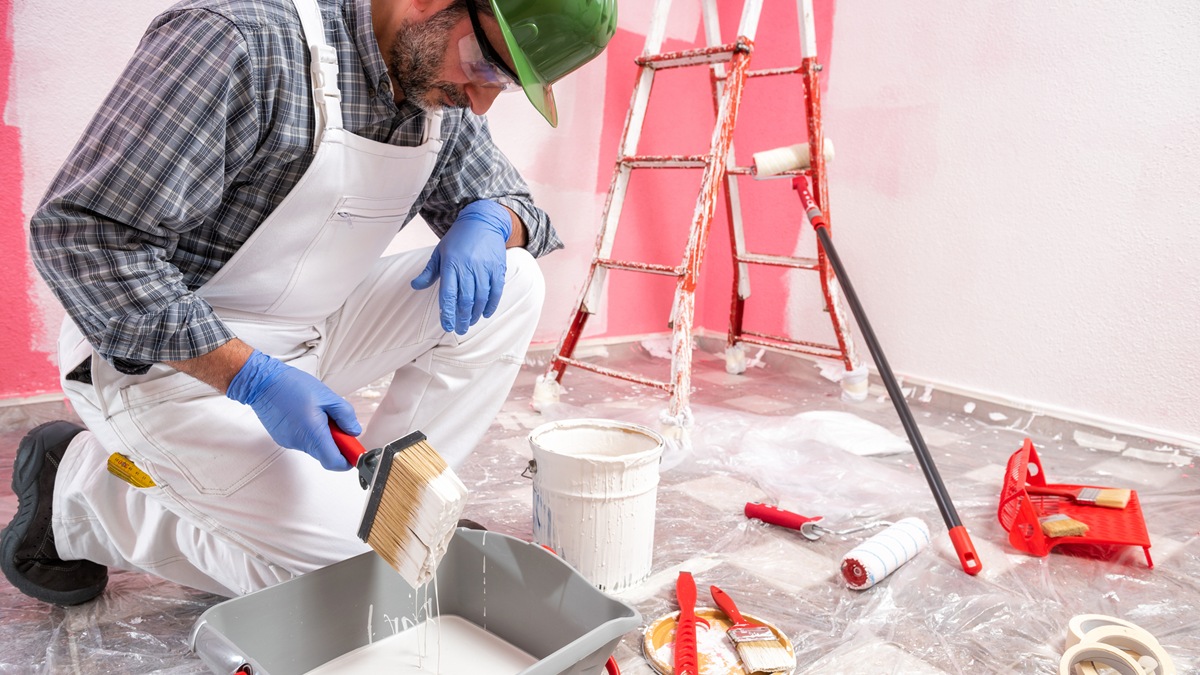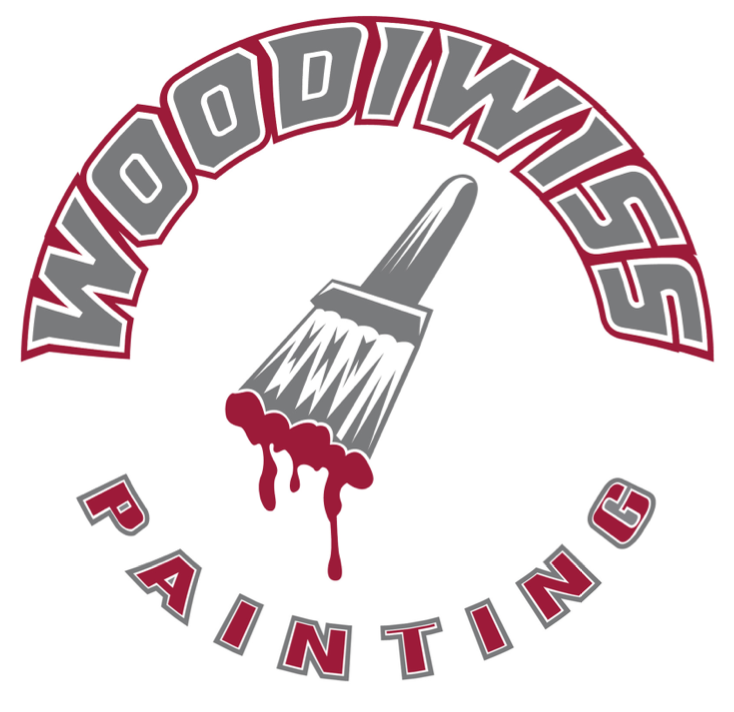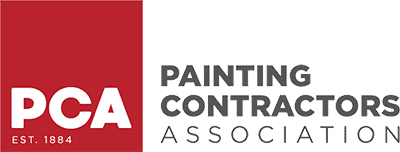If you're gearing up to paint your home, you've probably typed "best primer for interior walls" into your search bar more than once. And if you're like most homeowners, you've also asked around about reliable interior house painters to get the job done right. Let's break it down in plain English—because picking the right primer can make or break your paint job.
Key Takeaways:
- Priming your walls is critical for paint adhesion and even coverage.
- Not all primers are created equal—choose based on your wall surface and paint type.
- Pros prefer specific brands for a reason: quality, consistency, and performance.
- You don't always need a separate primer—some paints come with built-in primer.

The Real Reason Primer Can Make or Break Your Paint Job
Priming isn't just a nice-to-have step. It seals the surface, helps paint stick better, and ensures the final color pops the way it should. Skipping primer can lead to peeling, patchiness, or paint that just won't stay put. That's why professional interior house painters almost always use a high-quality primer before the first coat of color.
When You Must Use a Primer
Here are some scenarios where primer is non-negotiable:
- New drywall or unpainted surfaces: These absorb paint like a sponge. A good primer seals the surface and prevents blotchiness.
- Painting over a dark color with a lighter shade: Primer helps neutralize the old color so the new one shines through clean and bright.
- Covering stains or odors: Smoke damage, water marks, or pet smells? A stain-blocking primer can lock them in and keep them from seeping through the paint.
- Switching between paint types (like oil to latex): Paints don't always bond well to each other. A bonding primer bridges the gap so your new coat adheres properly.
In any of these situations, using the best primer for interior walls isn't just helpful—it's essential.
What the Pros Use (And Why)
1. Zinsser Bulls Eye 1-2-3
This water-based primer is a go-to for interior house painters. It dries fast, adheres to almost any surface without sanding, and blocks stains like a champ.
2. Kilz Original
An oil-based favorite, especially good for high-traffic areas or walls with tough stains. It does have a strong odor, so ventilation is key.
3. Benjamin Moore Fresh Start
Known for smooth application and excellent coverage, this premium primer is ideal for homeowners who want a pro-level finish.
4. Sherwin-Williams Multi-Purpose Primer
This one's a versatile workhorse. It's easy to apply and works great under both latex and oil-based paints.
How to Choose the Right Primer for Your Walls
Start by answering these:
- Is your wall painted or bare? Bare drywall needs more help with adhesion.
- Are there stains or dark colors to cover? Go for a stain-blocking primer.
- Are you switching paint types? Use a bonding primer to help the transition.
If you're unsure, many interior house painters recommend bringing in a sample photo to your local paint store. They can help match the primer to your specific wall condition.

Do You Always Need a Primer?
Not always. If your walls are already painted, in good condition, and you're painting a similar shade, a high-quality paint-and-primer-in-one may do the trick. These combo products are especially helpful for quick refresh jobs and can save time by cutting out the priming step.
Just make sure the product is up to the job—check the label to see what surfaces it's designed for and whether it offers the coverage and adhesion you need.
Mistakes to Avoid
Even the best painting intentions can go sideways if you miss a few key steps. Here are the most common mistakes homeowners make when it comes to using primer—and how to avoid them:
- Don't assume all-in-one paints can handle tough jobs: These products may be convenient, but they aren't always effective for covering stains, dark colors, or new drywall.
- Don't skip primer on new drywall: Bare drywall absorbs paint unevenly and needs a primer to seal the surface and ensure a smooth, professional look.
- Don't ignore the label—follow drying times and instructions: Every primer has specific requirements. Rushing the process can lead to peeling or a patchy finish later on.
The Pro Painter's Edge
Hiring interior house painters? Ask them what primer they use and why. A seasoned pro won't mind explaining their process. It's a good sign they know their stuff and care about the results.
And if you're going the DIY route, don't skimp on the primer. It's the foundation for a smooth, lasting finish.
Still not sure what to buy or need help with the job? The team at Woodiwiss Painting is here to help you pick the best primer for interior walls—and even apply it for you. Give us a call at 925-489-0941 to talk with one of our painting pros.



